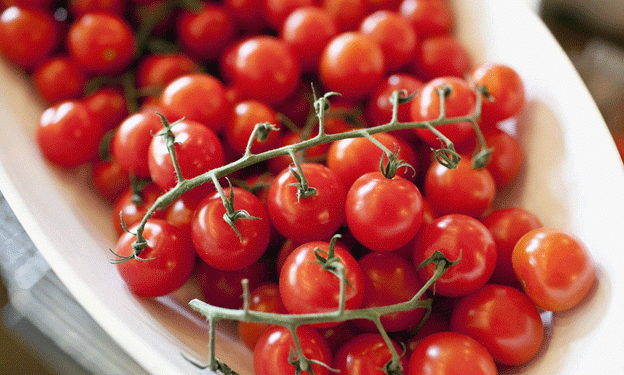In the ever-evolving landscape of organic agriculture, Spain has witnessed a notable shift in its tomato cultivation practices. The latest data from the 2022/23 season reveals that vine tomatoes have surpassed cherry tomatoes as the leading variety in Andalusia’s organic production. This shift is largely attributed to the higher production costs associated with cherry tomatoes, which demand more labor-intensive care compared to other tomato varieties.
Organic Tomato Market Breakdown
In the 2022/23 season, cherry tomatoes accounted for 33% of the total organic tomato market, marking a 7% decline from the previous season. This decrease signifies the first time cherry tomatoes are no longer the most representative commercial variety in organic cultivation. Instead, vine tomatoes have taken the lead, making up a significant portion of the market share.
Among the cherry tomatoes sold, the pear cherry tomato variety dominated, comprising 55% of sales. Loose round cherry tomatoes followed with 25%, and round cluster cherry tomatoes made up 19%. The shift towards vine tomatoes reflects a broader trend in consumer preferences and the economic realities faced by producers.
Economic Considerations
The average price for organic cherry tomatoes in the 2022/23 season was €1.58 per kilogram, slightly down by two cents from the previous season. Despite their popularity, the labor-intensive nature of cherry tomatoes, which includes meticulous pruning and harvesting, has driven up production costs. This economic pressure has led many farmers to favor vine tomatoes, which require less intensive labor and offer a more stable return on investment.
Tomatoes, in general, continued to dominate Andalusia’s organic production, representing 34% of the total revenue from the seven main greenhouse vegetables. This highlights the importance of tomatoes in the region’s organic farming sector, even as specific varieties fluctuate in popularity.
The transition from cherry tomatoes to vine tomatoes in Spain’s organic agriculture underscores the dynamic nature of the farming industry. As production costs and labor requirements play increasingly significant roles in decision-making, farmers are adapting by shifting their focus to more economically viable crops. This trend not only affects market dynamics but also influences agricultural practices and labor management in the organic farming sector.










